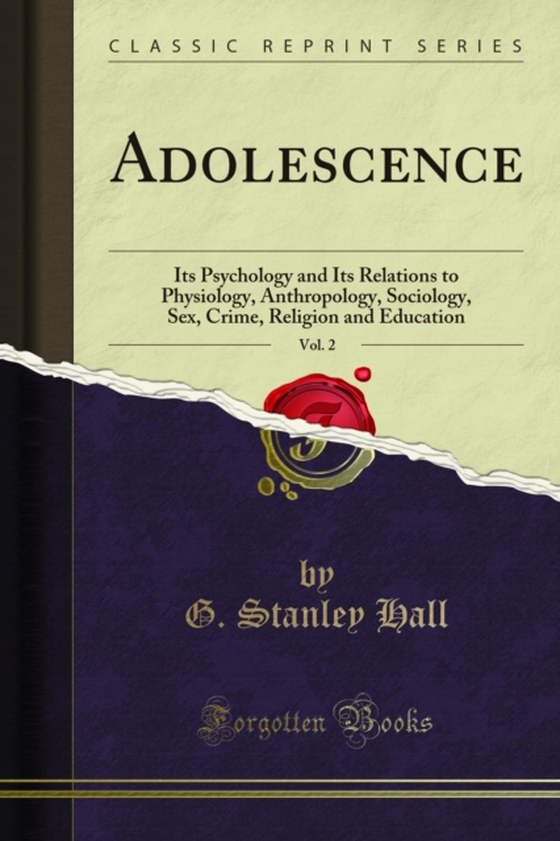
Adolescence e-bog
154,88 DKK
(ekskl. moms 123,90 DKK)
Whilst the greatest effort has been made to ensure the quality of this text, due to the historical nature of this content, in some rare cases there may be minor issues with legibility. At adolescence, each of the senses undergoes certain char acteristic changes of structure, function, or both. Interests change and with them the organs of apperception, so that aspects and elements different from...
E-bog
154,88 DKK
Forlag
Forgotten Books
Udgivet
27 november 2019
Genrer
Family and health
Sprog
English
Format
pdf
Beskyttelse
LCP
ISBN
9780243693351
Whilst the greatest effort has been made to ensure the quality of this text, due to the historical nature of this content, in some rare cases there may be minor issues with legibility. At adolescence, each of the senses undergoes certain char acteristic changes of structure, function, or both. Interests change and with them the organs of apperception, so that aspects and elements different from those hitherto absorbing the complex but already familiar objects Of sense become foci of attention. While it is of course impossible to distinguish clearly between what is due to cerebral or psychic modification and that resulting from changes in the sense organs and their immediate centers, it is probable that the former greatly pre ponderate, although they can not explain all the facts. One of the most important and comprehensive modifications is, that whereas most sense stimuli before this age tend strongly to provoke reflex reactions, after it these tend to be delayed or better organized, as if there wereia marked increase of associa tive or central functions. Before, the projection system pre dominated, and stimuli, suggestion, and afferent processes gen erally passed more readily over to the efferent or motor tracts; but now we have Increased cerebral irradiations, and there is a marked advance in the development of the long-circuiting func tions of thought, deliberation, and reflection. This, too, reacts upon sense and makes Observation better. The deliverances of each sense also now begin to have a more independent value Of their own. Sensations are more objectified and their pleasure and their pain effects are more keenly felt. There is a new sense esthetic or enjoyment of the sensation itself for its own sake. The coneesthesias, or associations of senses on the basis Of their organic feelings and tone effects, are now increased.
 Dansk
Dansk

